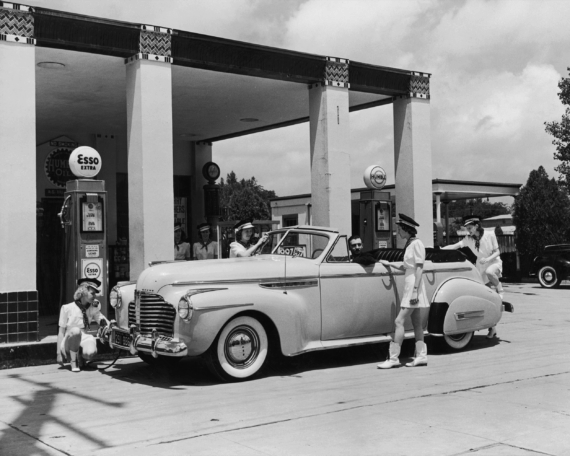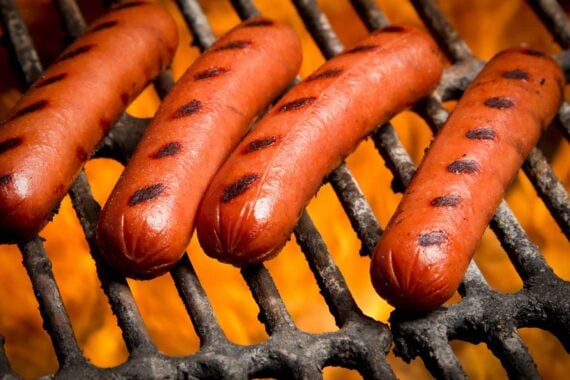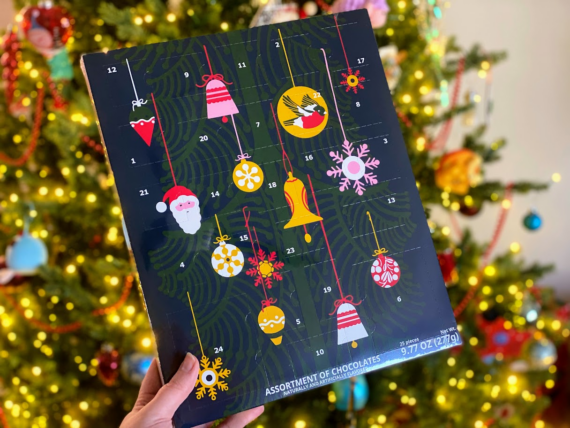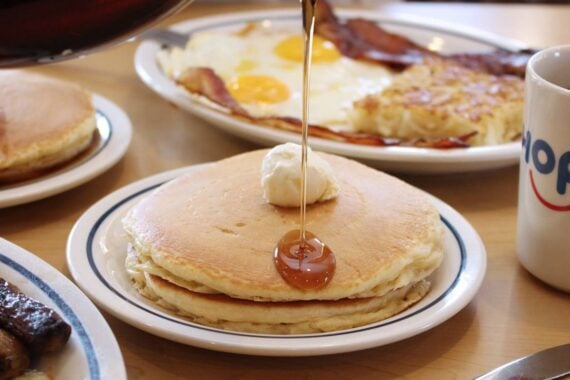Shopping
-

16 Christmas Desserts From Aldi for Less Than $10
Pick up an Aldi Christmas dessert for less than $10 this holiday season, with options that include apple streusel pizza and decadent pecan pie.
-

The Cost of Gas the Year You Were Born
More than three years after Russia invaded Ukraine, gas prices have stabilized, averaging around $3.60 nationally this week. While the record-breaking surge above $5 per gallon in 2022 was largely linked to the early stages of the war, major price…
-

18 Target Beauty Stocking Stuffers for $5 or Less
Pick up a handful of these Target beauty stocking stuffers, from eye masks to lip balms. At $5 or less, it won’t break the bank to fill up a stocking or two.
-

Grab These 15 Limited-Time Holiday Snacks at Aldi — All for Under $5
From cinnamon star cookies to peppermint flavored kettle corn, these Aldi holiday snacks are a great Christmas treat that fit within your budget.
-

‘Dollar Tree Is My Target’: Frugal TikToker Does All Her Christmas Prep at the Dollar Store
From affordable gifts to creative party decorations, these Dollar Tree Christmas prep videos prove that the holiday doesn’t have to drain your wallet.
-

Ditch the Mystery Meat: 9 Hot Dog Brands That Use 100-Percent Meat
These all-meat hot dog brands use real beef with no fillers or nitrates, from budget-friendly franks to premium grass-fed and kosher options.
-

This Sam’s Club Holiday Dessert Platter Is a Showstopper — Plus Other Festive Bakery Options
Need a dessert for your next holiday party? The Sam’s Club holiday dessert platter is $50 and feeds over 50 people. Here’s what’s on it.
-

12 Aldi Stocking Stuffers You Can Grab for Under $10
From holiday lip balms to festive popcorn, these Aldi holiday stocking stuffers are great for everyone in your family — and won’t break the bank.
-

Being Broke Just Got More Expensive: Why Your Temu or Shein Order Suddenly Costs More
Find out how tariffs are affecting your Shein or Temu order, and why the new fees might not show up until after you’ve paid at checkout.
-

Aldi Opening 22 New Locations Across the U.S. in December
Find out where all the new Aldi locations are popping up in December, after a years-long quest to open 200 locations in 2025.
-

From Starbucks to Duracell: Costco’s Kirkland Products Are Actually Made By These Famous Companies
Discover the major companies behind Kirkland Signature brands, from coffee and wine to dog food, motor oil, and other Costco favorites.
-

I Bought IKEA Advent Calendars on Clearance — and Got Free Meatballs and $5 Coupons
Pick up an IKEA Advent calendar on clearance and you’ll snag a few free items in the process. Here’s how it works.
-

10 Things You Should Never Buy at Target
Learn the top items to avoid at Target so you don’t overspend. Experts reveal 10 things not worth buying and better places to shop instead.
-

Snag These 22 Costco Christmas Appetizers Under $15 for Your Next Holiday Party
From logs of goat cheese to fiery jalapeño bites, these Costco Christmas appetizers are super affordable — and perfect for your holiday party.
-

Baby Formula Botulism Recall: FDA Warns It May Still Be on Store Shelves
The FDA sent letters to four major retailers after it found out they were selling the affected formula. Find out which retailers ignored the baby formula recall.
-

92 Restaurants Where You Can Eat for Free on Your Birthday
If you play your cards right and sign up for a whole lot of mailing lists and rewards programs, you can easily eat your way through lots of restaurants for…
-

15 Sam’s Club Holiday Appetizers Under $15 To Feed a Crowd
Stock up on spinach artichoke dip, chicken meatballs, and more Sam’s Club holiday appetizers that are all $15 or less.
-

Buying Gift Cards This Year? Here’s How to Avoid Getting Scammed
Gift card scams ramp up over the holiday season. We share tips on how to make sure you’re getting a legit, working gift card.
















